Challenge your English skills with our Homophones Quiz! Explore 30 engaging fill-in-the-blank questions to improve your vocabulary and understanding of words that sound alike but have different meanings.
Category: Homophones

Homophones Examples
Homophones Examples. A homophone is a word that sounds the same as another word but has a different meaning and/or spelling.
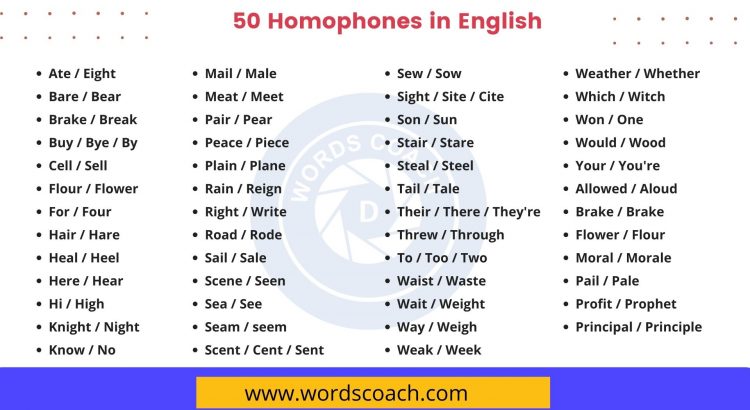
50 Homophones in English, Homophone Words List
Homophones in English. Homophones are words that are pronounced the same way but have different meanings.
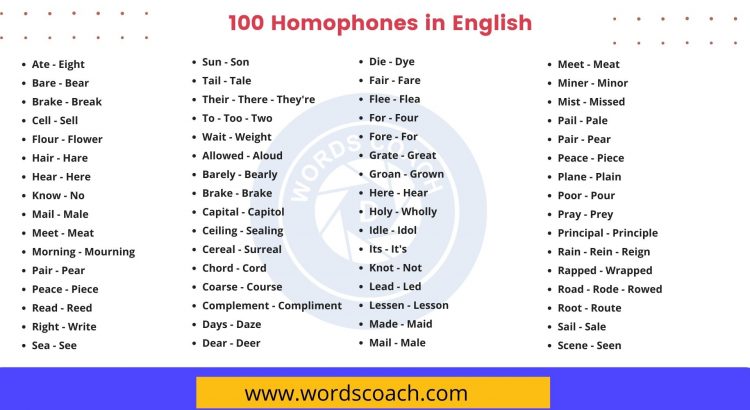
100+ Homophones in English
100+ Homophones in English. Homophones are words that sound the same but have different spellings/meanings. This page will teach you many homophones in English.
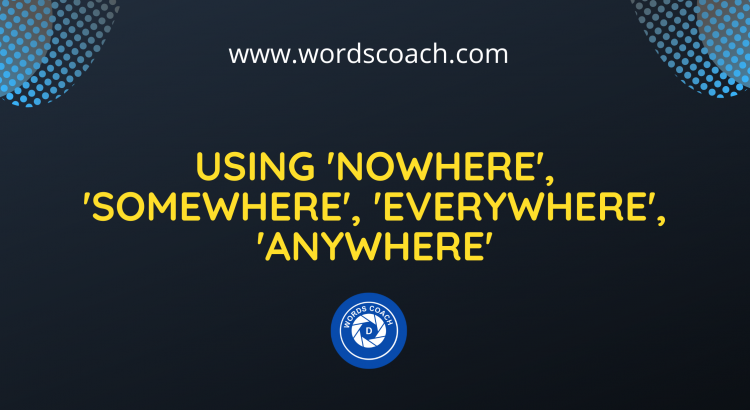
Using ‘Nowhere’, ‘Somewhere’, ‘Everywhere’, ‘Anywhere’
The words “nowhere,” “somewhere,” “everywhere,” and “anywhere” are adverbs of place that describe the location or direction of an action.
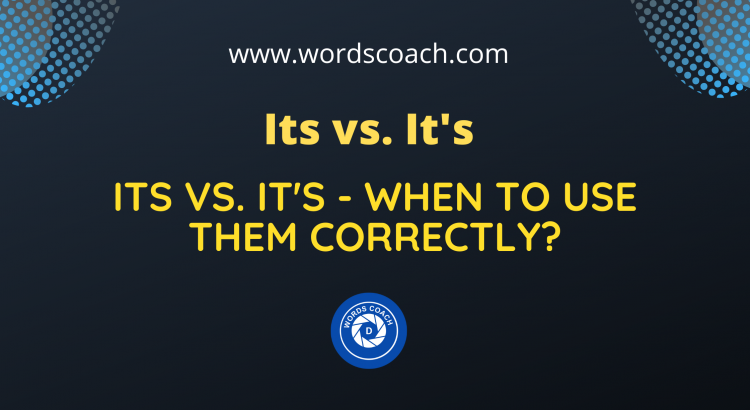
Its vs. It’s – When to use them correctly?
The English language is full of homophones, words that sound the same but have different meanings and spellings. One common example of this is the confusion between “its” and “it’s.” In this blog, we will discuss the difference between these two words and when to use them correctly.
“Its” and “it’s” are two different forms of the same word and it is important to use them correctly in writing.
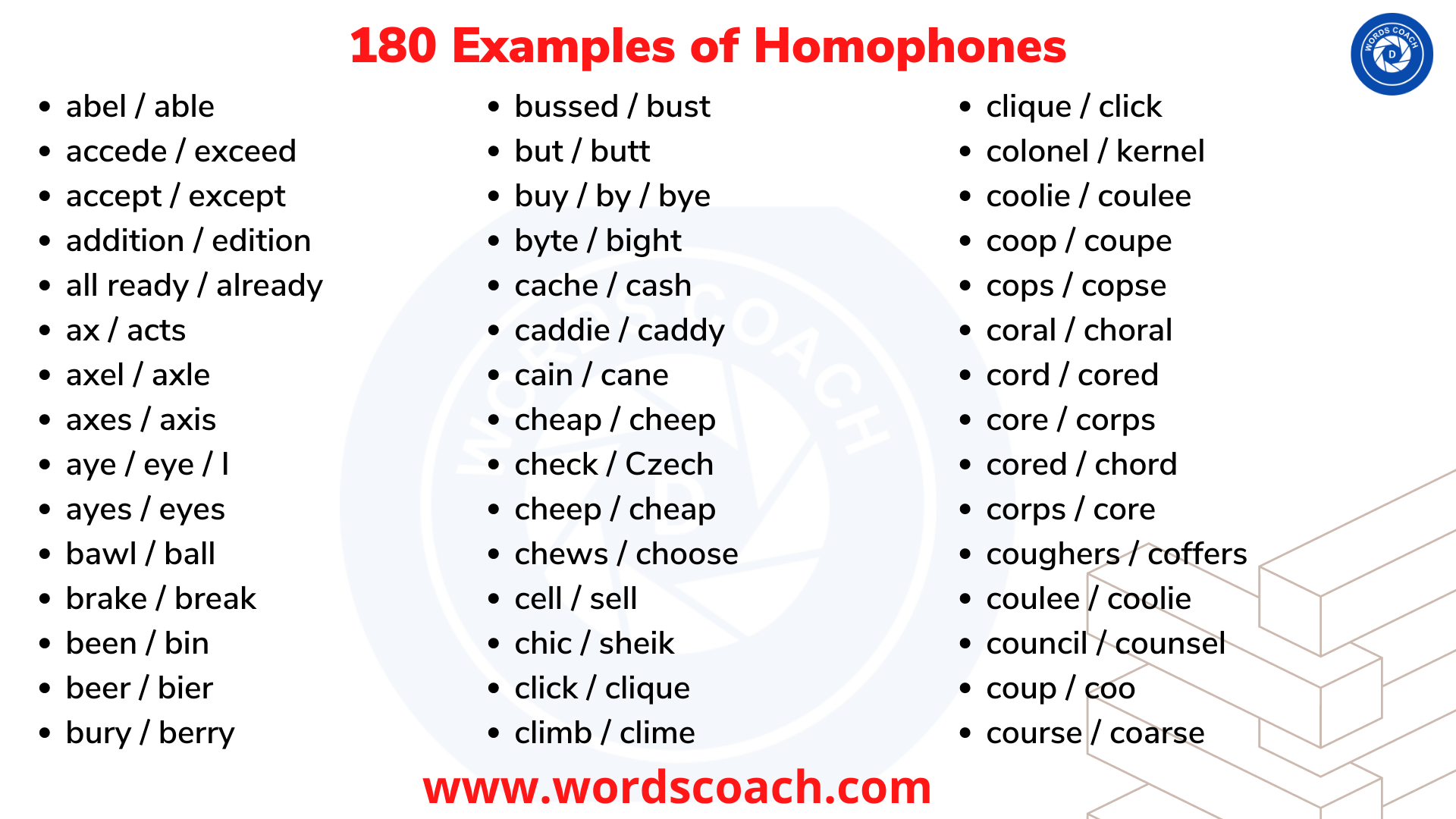
180+ Examples of Homophones
180+ Examples of Homophones. Homophones are words that sound similar to another word but have different spellings and meanings.
